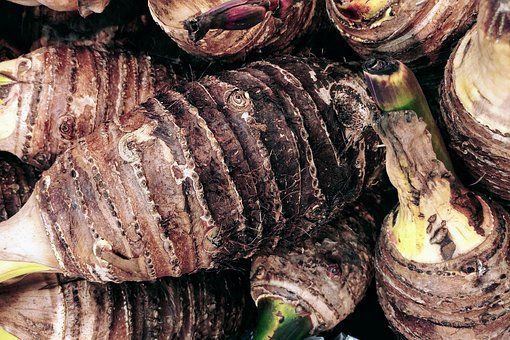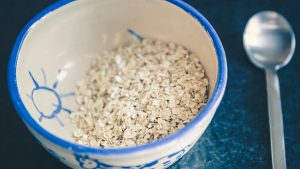Winter has started and it is the season of vegetables like cauliflower, spinach, carrots, taro root and green peas. Taro root has some extraordinary health benefits and many delicious dishes can be prepared from this vegetable. It is rich in fibre, antioxidants, potassium, magnesium, vitamins C and E, and resistant starch. Arbi, Hindi for taro root, helps to keep your blood sugar level in control, prevents heart disease and reduces the risk of cancer. Arbi is also effective in weight loss as the fibre in it can keep you full for a long time and reduce the number of calories consumed in a day.
Also Read | Pollution lockdown? WFH? Delhi mulls ways to tackle air quality crisis
Nutritionist and author Munmun Ganeriwal recently shared some benefits and interesting facts about arbi on her Instagram handle.
“The continuous discovery of traditional and seasonal foods really excites me. Bringing these hidden gems to your notice is something I regard as extremely important. Delighted to talk about one such gem today, the Taro Root or ‘Arbi’,” she wrote.
Sharing more facts about arbi, Ganeriwal says the meat of taro root is extremely delicious.
Also Read | Study finds link between exercising and better mental health
She wrote that this root is eaten all over India and Asia, and should not be confused with ‘Sooran’ or ‘Yam’. Taro root is obtained from the colocasia leaves, which come in two varieties, the black and green stemmed ones. The meat of the taro root is extremely delicious and one of a kind. It’s a special and rare seasonal produce and the harvest in India usually happens in October-December.
Taro root is popular in the cuisines of Goa, Karnataka, Odisha, Maharashtra, and in northern states of India. She added that taro root fritters or ‘Maddi Phodi’, as they are called in Konkani, is everyone’s favourite dish.
Also Read | Study shows Covid-19 pandemic stress affected women’s reproductive health
Taro root is known as ‘arbi’ in northern and western states, it is cooked in a variety of stir-fries, curries and dishes. It is known as ‘Saru’ in Odisha. A popular dish made out of taro root is ‘Saru Besara’. Taro root is also an essential ingredient in the special Odisha dish Dalma, where vegetables are cooked with dal. The roots are also deep-fried in oil and tossed in red chilli powder and salt, to make saru chips, writes Ganeriwal.
Also Read | What is insulin and how did its discovery change diabetes treatment?
Benefits of arbi by Munmun Ganeriwal
Taro root is a great source of fiber, potassium, magnesium, and vitamins C and E. It helps to improve blood sugar management, and gut and heart health.
It is a starchy vegetable and contains two types of carbohydrates that are great for blood sugar management: fiber and resistant starch. It also slows down digestion and absorption of other carbohydrates, preventing spikes in blood sugar after meals.
Add it to your diet this winter to experience the deliciousness and health benefits of this rare vegetable.






